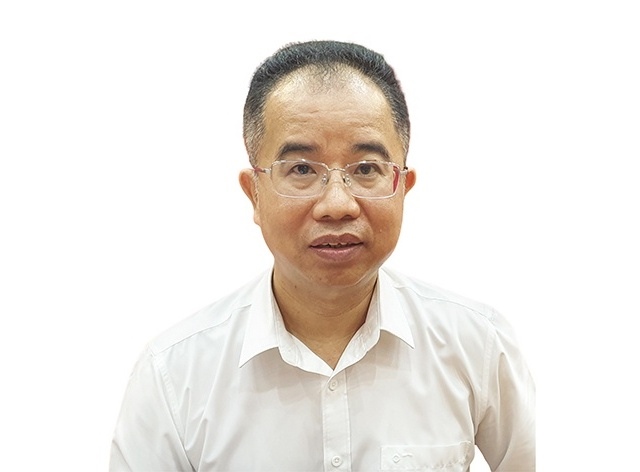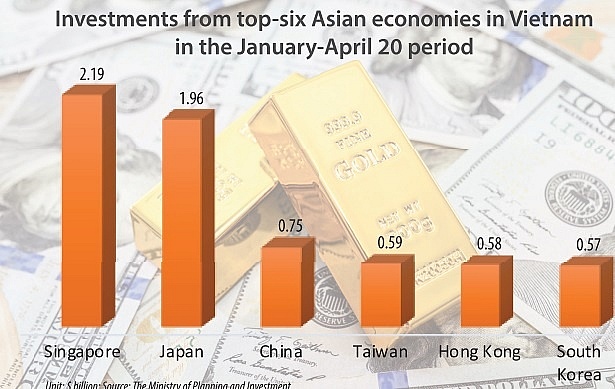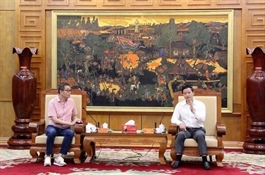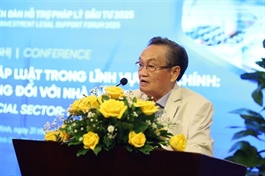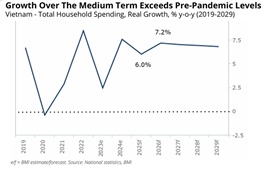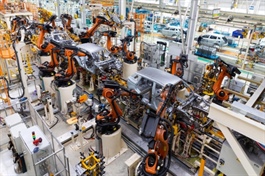Training imperative for foreign-led groups
Training imperative for foreign-led groups
Foreign-invested enterprises may be forced to craft labour training plans when operating in Vietnam.
Minister of Finance Nguyen Van Thang has reported to the National Assembly that labour training will have to be considered as a condition for foreign-invested enterprises (FIEs) to invest and do business in Vietnam.
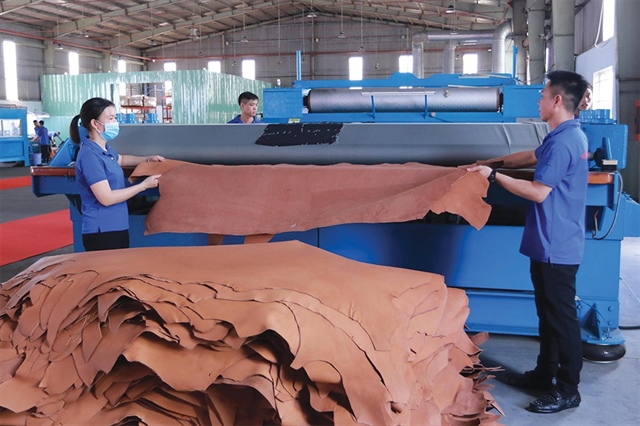
Policies have been proposed to generate direct and indirect employment and relevant training schemes, Photo: Le Toan |
In terms of measures to protect and improve both the quality and quantity of the labour market in FIEs, the government will need to continue improving the policy framework, creating a complete legal foundation.
“In other words, labour training must be considered a condition for attracting FIEs,” Minister Thang stressed. “We must establish clear orientations and policies in selecting and attracting investment partners, giving priority to those investing in high-tech industries and products that create high value, and providing better protection for labour groups - especially vulnerable workers in the labour market,”
Besides developing policies to support workers, Vietnam must clearly define strategic orientations and prioritised sectors for development, Minister Thang added.
In addition, it is crucial to encourage links between FIEs and domestic enterprises to facilitate technology transfer, enhance domestic production capacity, and create a foundation for sustainable growth.
“This can be achieved through various support policies such as tax incentives, advanced science and technology development, the formation of industry-linked clusters within industrial and key economic zones, and the development industrial zones and industry-linked clusters on scales of up to 1,000 hectares of land, led by large enterprises that can help create a satellite enterprise network,” Minister Thang suggested.
The Ministry of Finance (MoF) reported that cumulatively as of late June, the whole country had more than 43,700 foreign-invested projects registered at $519.54 billion. By late May, the realised capital to date accumulated to $331.5 billion, equal to 64.6 per cent of total registered capital.
FIEs contributed about $20.5 billion to the state budget in 2024, an on-year increase of 12 per cent and accounting for 24.7 per cent of total budget revenue.
In the first half of this year, total newly registered and newly added foreign capital, and capital from stake acquisitions came in at $21.52 billion, up strongly by 32.6 per cent on-year. Notably, disbursement hit an estimated $11.72 billion – up 8.1 per cent on-year and also the highest in the first six months in the 2021-2025 period.
The MoF noted that alongside the significant contributions made by FIEs to Vietnam’s economic growth, import-export activities, state budget revenues, and employment generation, it is clear that there remain FIEs with issues relating to the recruitment and utilisation of labourers.
According to the MoF’s statistics, FIEs currently employs a considerable number of local workers, sitting at 5.1 million, accounting for nearly 10 per cent of the economy’s total labour force.
In addition to generating direct employment, FIEs has also been also indirectly creating jobs for millions of other workers. They also offer salaries higher than in Vietnamese enterprises.
However, only 57 per cent of total FIEs in the country are implementing training programmes for their employees. The remaining 43 per cent still do not have any such programmes for their workers, which Minister Thang said is a matter requiring attention in the near future.
NA deputy Nguyen Cong Long representing the southern province of Dong Nai said that constituents are expressing their great concerns that besides efforts to attract foreign direct investment, it is critical for the government to pay close attention to the rights and welfare of workers in FIEs.
“At present, these enterprises, in an effort to maximise profits, often do not want to invest in training and instead fully exploit the domestic labour force. This shifts the burden of workforce training onto the government and local authorities,” Long said.
“While using workers, these companies frequently employ various tactics such as probationary contracts, followed by dismissal - particularly targeting older workers. This has caused significant harm to workers’ rights,” he stressed. “Therefore, with regard to foreign investment attraction policies, the question is how this contradiction will be solved to ensure we draw in investment successfully while also safeguarding social security.”
The World Bank last December released a report highlighting that Vietnam is facing serious shortages of high-skilled labour which will need to be addressed as soon as possible otherwise the economy will continue finding it difficult to climb the global value chains (GVCs), especially when it comes to the processing and manufacturing industry.
According to the World Bank, Vietnam’s global integration into GVCs capitalised on its comparative advantage and endowment with abundant but relatively low-skilled labour.
“Vietnam attracted significant foreign investment in labour-intensive production and led to a high concentration in low value-added final assembly, which is reflected in its current labour demand,” the bank stated.
Under the World Bank’s calculations, although the manufacturing sector has generated nearly five million jobs in the past 15 years, close to 85 per cent of all manufacturing jobs are low-skilled (9.4 out of 11.2 million jobs in 2021) while high-skilled positions such as electrical engineers, specialised technicians, programmers, or managers remain scarce, comprising less than 6 per cent of all manufacturing jobs in 2021. This is the lowest percentage among peer countries and less than half the proportion seen in Thailand (12.8 per cent).
- 10:00 01/08/2025




